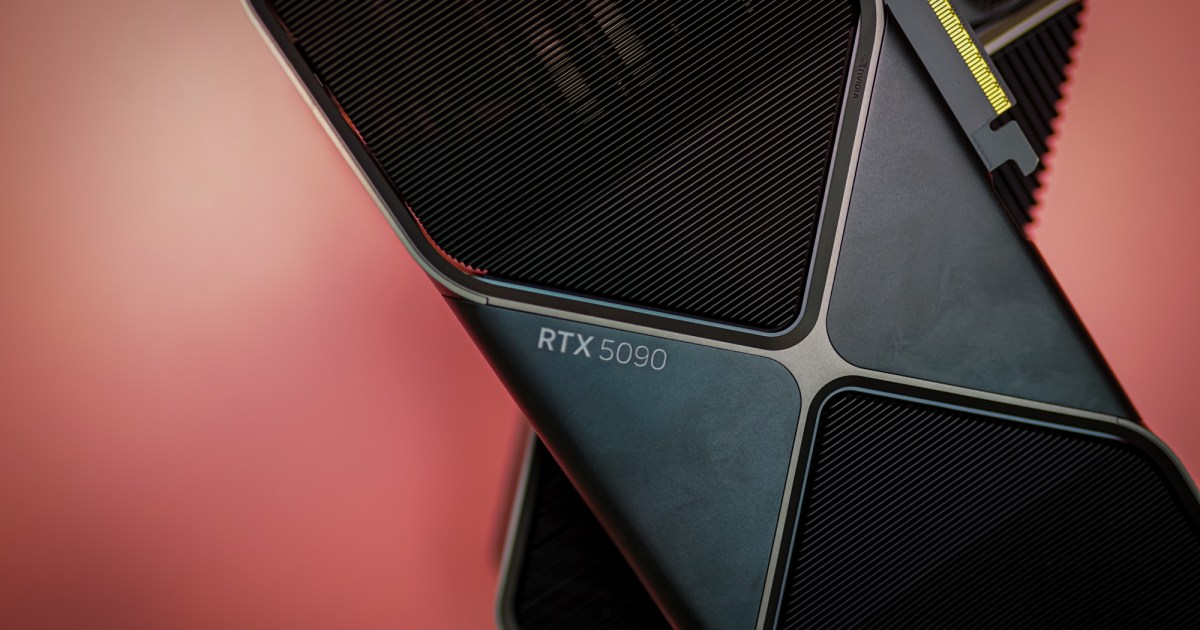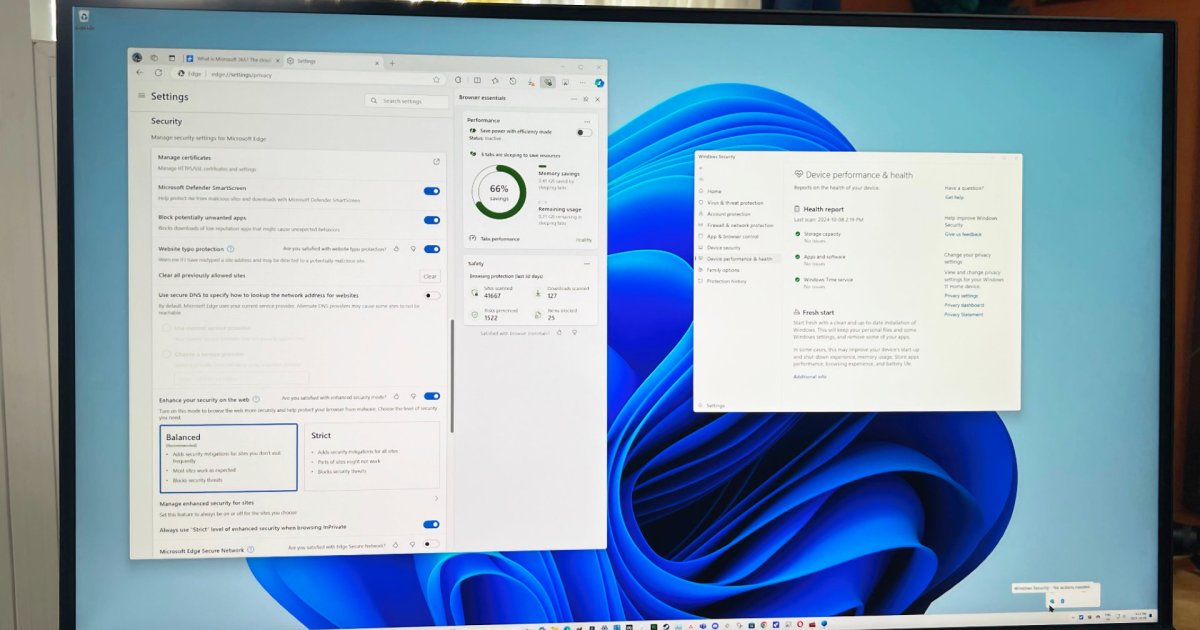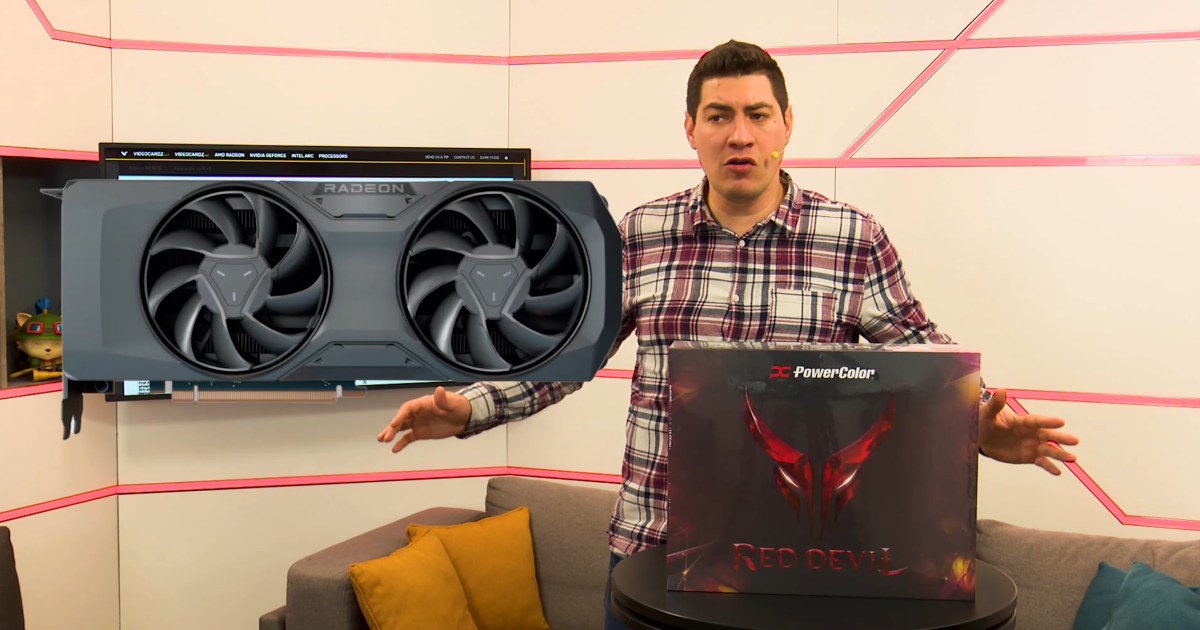The Nvidia RTX 50-series GPUs are here, but details surrounding the more affordable RTX 5070 Ti and RTX 5070 remain scarce. These sub-$1,000 graphics cards are highly anticipated, potentially earning spots among the best GPUs available. While Nvidia has confirmed a February launch, specific dates haven’t been officially announced.
According to leaks from VideoCardz, the RTX 5070 Ti, priced at $749, is slated for a February 20 release, with reviews expected to go live on February 19 for models at list price. Reviews for cards priced above list price are rumored to follow on February 20. However, it’s important to note that Nvidia hasn’t publicly confirmed these dates, so consider this information speculative.
The $749 price tag for the RTX 5070 Ti is notably lower than the previous generation’s RTX 4070 Ti Super. Similar to that card, Nvidia won’t be releasing a Founder’s Edition for the RTX 5070 Ti, relying entirely on board partners for distribution. Given the precedent set by the RTX 5080, it’s likely that board partner models will exceed the $749 list price.
While the RTX 5070 and RTX 5070 Ti offer a more budget-friendly alternative to the $2,000 RTX 5090, potential performance concerns exist. Our RTX 5080 review revealed that the Blackwell architecture doesn’t deliver substantial performance gains across all games compared to the previous generation. Instead, significant improvements stem from Nvidia’s DLSS Multi-Frame Generation technology, a feature of DLSS 4, exclusive to the RTX 50-series.
All RTX GPUs support DLSS 4, but Multi-Frame Generation is limited to the latest Nvidia cards. This AI-powered feature generates up to three frames for every rendered frame, currently supported in 75 games, including titles like Marvel Rivals and Cyberpunk 2077. While it can dramatically enhance gameplay by effectively quadrupling frame rates, the AI algorithm requires a minimum input of 60 frames per second (fps) to avoid visual artifacts.
This requirement raises concerns for the RTX 5070 and RTX 5070 Ti. With lower price points than their last-gen counterparts, indications suggest Nvidia is relying heavily on DLSS 4 to compensate for potential raw performance limitations.
The lower pricing of the RTX 5070 and RTX 5070 Ti compared to their predecessors suggests a potential trade-off in raw hardware performance, with a greater reliance on DLSS 4 to achieve higher frame rates.
Ultimately, we’ll need to wait for the official release and benchmarks to assess the true performance capabilities of the RTX 5070 and RTX 5070 Ti. With a confirmed February launch, it shouldn’t be long before Nvidia provides concrete release dates and more detailed specifications. We anticipate learning more about the performance impact of DLSS 4 and how these cards stack up against the competition.











